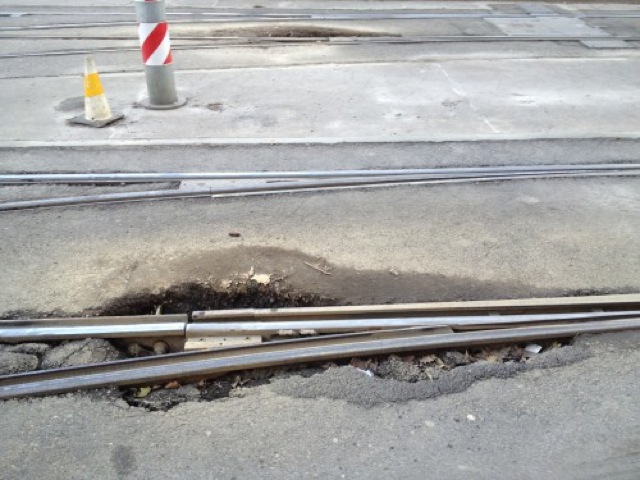Portland’s regional planning agency, Metro, recently released its 2014 Urban Growth Report, which projects that the region will gain 300,000 to 500,000 new residents between 2010 and 2035. The report suggests that it may not be necessary to expand the region’s urban-growth boundary to house those new residents because people are willing to live in smaller homes on smaller lots.
That’s an extremely distorted view of the future, says Gerard Mildner, an associate professor of real estate finance at Portland State University’s Center for Real Estate. In a paper titled, Density at Any Cost (which was also published in the Center for Real Estate’s quarterly report), Mildner argues that Metro’s report “distorts economic data and will lead the region to make decisions that will harm economic growth.”
Not only will Metro’s vision make single-family housing more expensive, says Mildner, it will increase the cost of rental housing. Contrary to claims that more people want to live in smaller quarters, achieving Metro’s goals will require “multi-billion dollar unfunded mandates on local government to subsidize housing and transportation projects.” Nor will Metro’s plans be good for the environment, since they will just lead a lot of people to move “from our region to places in the southeast and southwest United States where carbon emissions will be higher” because those places require more air conditioning and use more fossil fuels to generate electricity.








